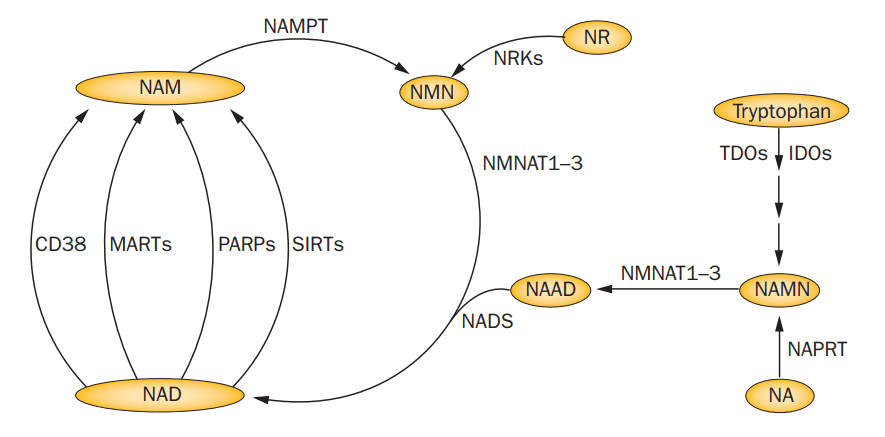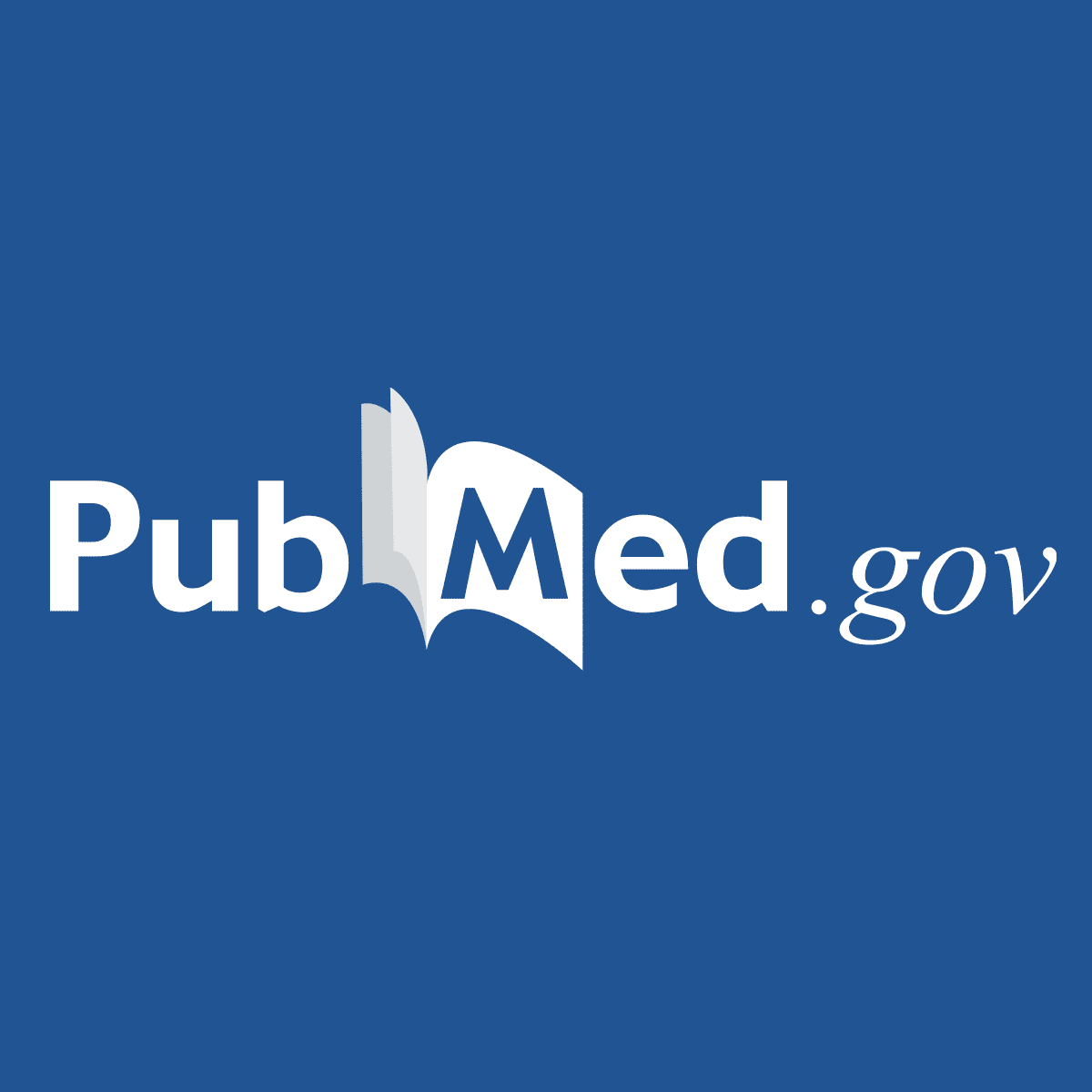Motorneuron
Member
- Joined
- Jan 29, 2021
- Messages
- 444
Thanks, I've never tried those ... but I tried a small amount of K2 on the wrist and it had a very positive effect ... only 10mcg ... but I have no idea if it somehow drained the way and the accumulation of the ratio in favor of the NADH. From what I understand K2 behaves like a quinone.Niacinamide makes what exactly worse?
If your NAD+ salvage pathway is impaired , niacinamide (NAM) won't do much. Worst case, none of the B3's will do much at all for increasing NAD+.
However, there are other ways to increase NAD+. For example, quinones such as beta-lapachone (from Pau D'Arco) are known to increase the NAD+/NADH ratio even in the presence of a defective NAD+ salvage pathway. Have you tried Lapodin or Pau D'Arco?

I believe niacinamide has to be combined with ribose to make nicotinamide riboside ... I probably use a ridiculous dosage for my critical health so 100mg might be irrelevant in MY case

